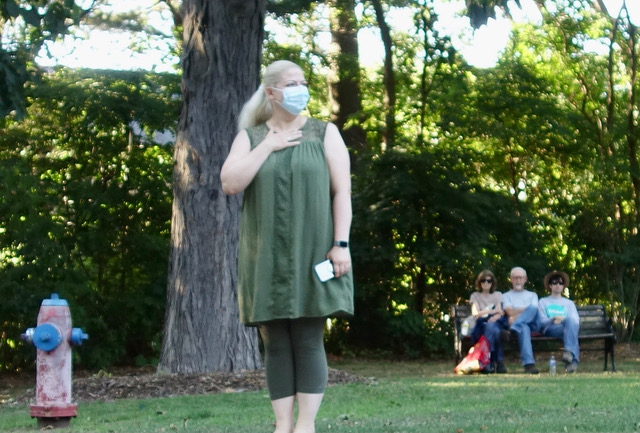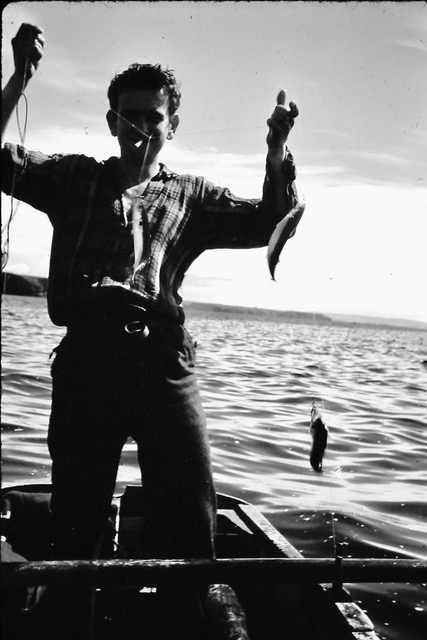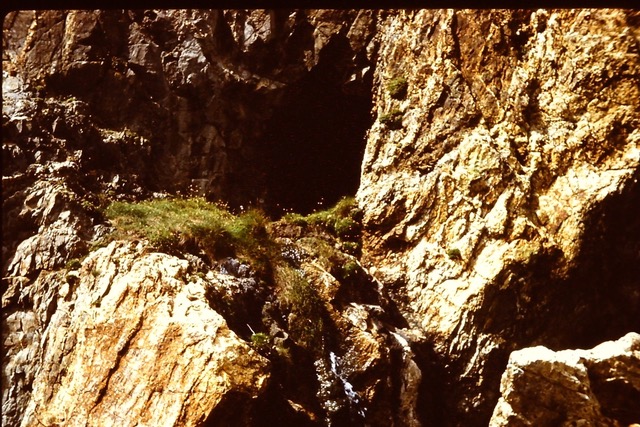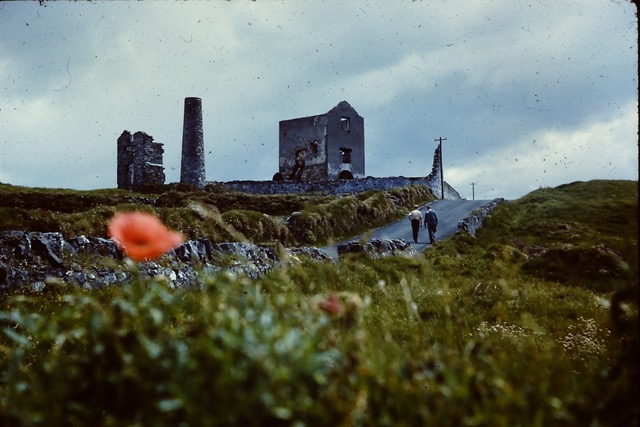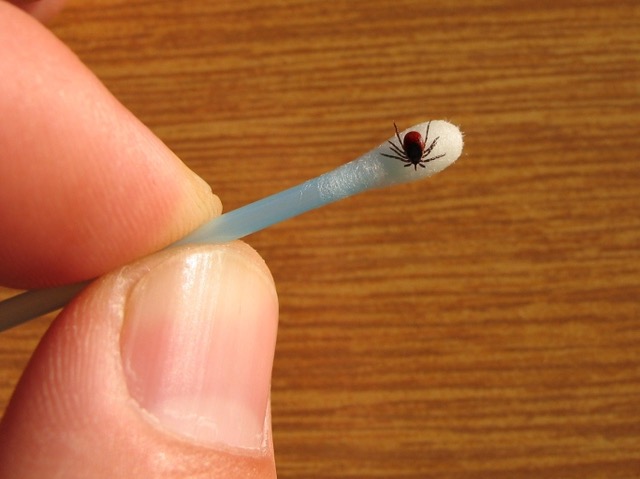


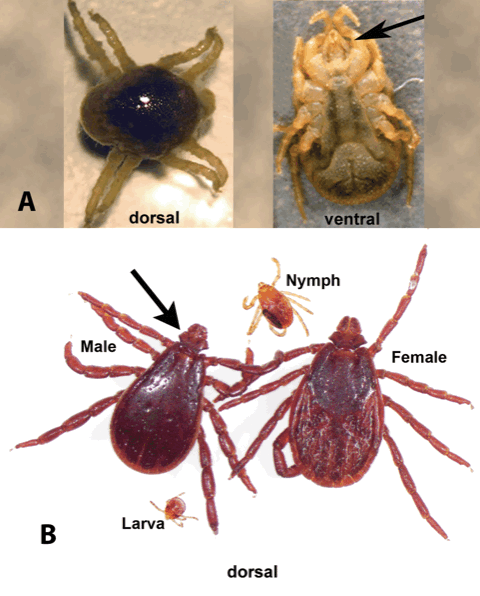
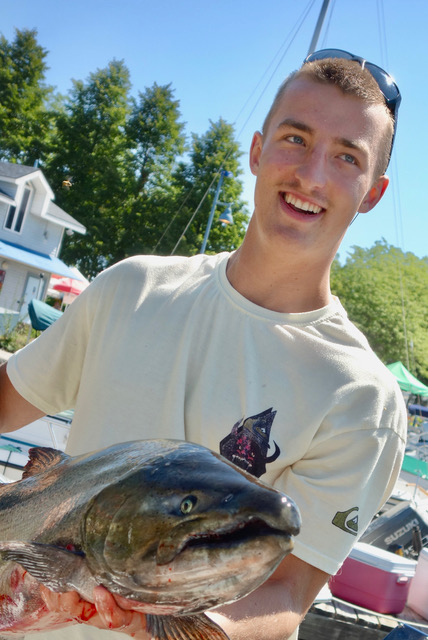
Overview on Ticks
Ticks are small spider-like animals (arachnids) that bite to fasten themselves onto the skin and feed on blood.
Ticks are most active during the spring, summer and fall seasons and can be active when the temperatures are above 4 degrees Celsius.
In addition to ticks that live in Alberta year-round, migrating birds bring ticks from warmer areas into Alberta during the spring.
Alberta is home to many species of ticks. Most tick species in Alberta do not carry Borrelia burgdorferi, the bacteria that can cause Lyme disease in people. However, there is evidence that tick species capable of carrying the bacteria are expanding their range in Canada.
Visit Health Canada for more information on risk areas for Lyme disease in Canada.
Protect yourself from ticks
While most ticks do not cause serious health problems, it is important to protect yourself, your family and even your pets from tick bites. It is also important to remove attached ticks immediately in order to avoid potential infection or diseases that can be transmitted from the bite. Some tips to prevent tick bites include:

- Walk on cleared trails whenever possible and avoid walking in tall grassy or wooded areas.
- Wear light-coloured clothing and cover up as much skin as possible. For example, a hat, long-sleeved shirt and long pants with the legs tucked into socks or boots.
- Use a bug spray that contains the chemical DEET or Icaridin to repel ticks and reapply as frequently as directed.
- Check yourself for ticks after leaving a grassy or wooded area where ticks may live.
- Check your pets for ticks after they have been outside. You cannot get Lyme disease from your pet, but your pet can bring infected ticks inside. These ticks can fall off your pet and attach themselves to you.
How to remove a tick safely
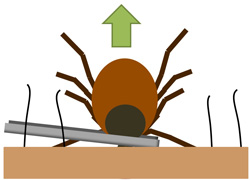
Although the risk of Lyme disease is very low in Alberta, there are other tick-borne diseases that can be transmitted by ticks.
It is important to properly remove a tick as soon as possible. Removing a tick 24 to 36 hours after a tick bite usually prevents Lyme disease from developing.
If a tick is attached to your skin, you can safely remove it.
- Using tweezers, gently grasp its head and mouth parts as close to your skin as possible to avoid leaving mouthparts in the skin or crushing the tick.
- Without squeezing the tick, slowly pull the tick straight up off the skin – do not jerk or twist it.
- Do not apply matches, cigarettes, dish soap, petroleum jelly or any other substance to the tick. This will not encourage the tick to detach and may cause it to release infectious blood back into the wound.
- Once the tick has been removed, clean the bite area with soap and water and disinfect the area with an antiseptic. Wash hands with soap and water.
- Consider submitting a photograph of the tick to the Submit-a-Tick program.
- If you do not plan to submit a photograph of the tick to the Submit-a-Tick program, you can kill the tick by placing it in a freezer for 24 hours, or putting it in rubbing alcohol. Once killed, dispose of it by flushing it down the toilet, or placing it in the garbage. Avoid crushing a tick with your fingers as they may be filled with blood and other infectious material.
Tick bites can be prevented by:
- Wearing long trousers, long sleeved shirt and gaiters
- Using an insect repellent
- Checking skin, hair and warm skin folds (especially the neck and scalp of children) for ticks, after a day out
- Removing any ticks and consulting with a GP if symptoms develop
Only a minority of ticks carry infection. If a tick is removed within a few hours, the risk of infection is low. The entire tick, including any mouthparts which might break off, should be removed with a tweezers by gripping it close to the skin. The skin where the tick was found should then be washed with soap and water and the area checked over the next few weeks for swelling or redness. Anyone who develops a rash or other symptoms should visit their GP and explain that they have been bitten by a tick.
Lyme disease has been notifiable in Ireland since 2012 and there are between 8-13 cases notified in Ireland each year. However as some people will not be aware that they are infected or will not seek medical help when unwell the true incidence of Lyme disease is not known. It is likely that there are at least 50-100 cases in Ireland every year.
Lyme disease is a bacterial infection spread by black-legged ticks, commonly known as deer ticks.1 It is the most frequently seen vector-borne disease in the United States.
Symptoms of Lyme disease vary based on the severity of the case. The most notorious symptom, “bullseye rash,” doesn’t occur in everyone and can go unnoticed.2 Other symptoms may resemble those of other illnesses. This is why it is possible to be unaware that you have Lyme disease.
Lyme disease that goes untreated for many months or years may be harder to treat with antibiotics. Untreated cases can progress to serious, even fatal health conditions, from arthritis and nerve pain to cardiac arrhythmia (irregular heartbeat) or Lyme neuroborreliosis (inflammation of the brain and spine).
Verywell / Jessica Olah
It’s important to understand more about Lyme disease, what can happen if it goes unmanaged, and what can be done to treat it. The more vigilant you are, the better off you’ll be.
What Causes Lyme Disease?
Lyme disease is carried by the blacklegged tick, also known as the deer tick. This tick is found in the northeastern and upper midwestern United States. On the Pacific coast, Lyme disease is spread by the western blacklegged tick (also called the deer tick).
When an infected tick bites you, a bacteria called Borrelia burgdorferipasses from the tick into your bloodstream. In order for this to happen, the tick must be attached to you for 36 to 48 hours. Most people are infected when they’re bitten by immature ticks, which can be difficult to see.3
Symptoms of Lyme Disease
Lyme disease causes a range of symptoms that change and intensify as the Borrelia burgdorferi bacteria spreads to the rest of the body. Untreated cases can cause serious problems or lead to a fatal condition. What’s tricky, too, is that the onset of initial symptoms occurs anywhere from three to 30 days after exposure.2
Clinically, there are three stages of Lyme disease: early localized disease, early disseminated disease, and late disseminated disease.4
Early Localized Lyme Disease
Early localized disease, the initial manifestation, begins between three and 30 days after a bite. It is characterized by:
- Bullseye rash and swelling, the most notorious symptom, occurs in 70% to 80% of cases.2 Clinically referred to as “erythema migrans,” its appearance varies—it can be a different color or shape—especially in people of color. It arises about a week after exposure to the bacteria.
- Other symptoms of the first stage include fever, fatigue, headache, and joint pain. Very often, those with the condition—especially if there is no rash—feel as if they’re experiencing the flu.
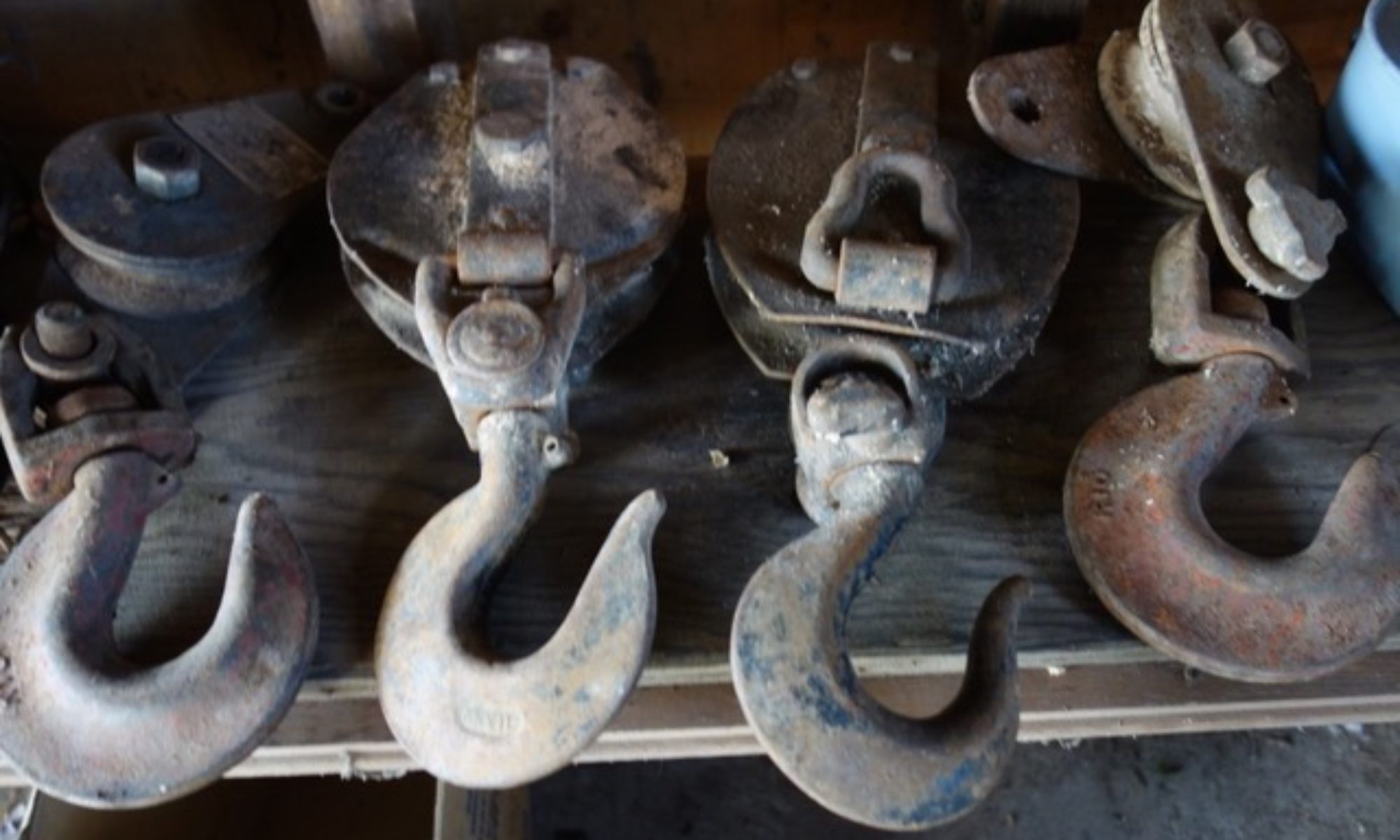
:max_bytes(150000):strip_icc()/untreated-lyme-disease-5181045_FINAL-94489312469a409f9a5f16d9130ca21f.jpg) www.verywellhealth.com/thmb/fYLhhTInhSawYXko6E8KwBNhQS4=/378×0/filters:no_upscale():max_bytes(150000):strip_icc()/untreated-lyme-disease-5181045_FINAL-94489312469a409f9a5f16d9130ca21f.jpg 378w,
www.verywellhealth.com/thmb/fYLhhTInhSawYXko6E8KwBNhQS4=/378×0/filters:no_upscale():max_bytes(150000):strip_icc()/untreated-lyme-disease-5181045_FINAL-94489312469a409f9a5f16d9130ca21f.jpg 378w, 
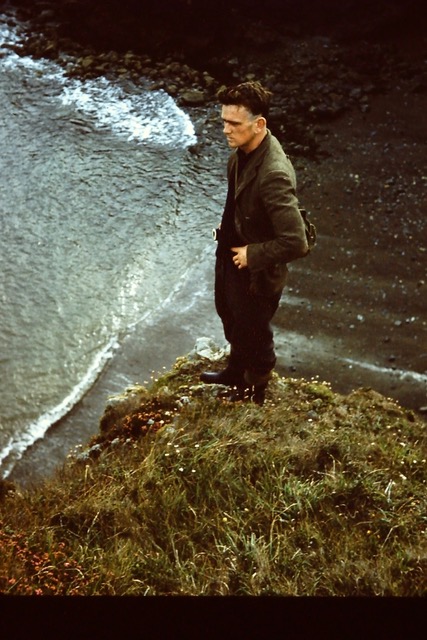
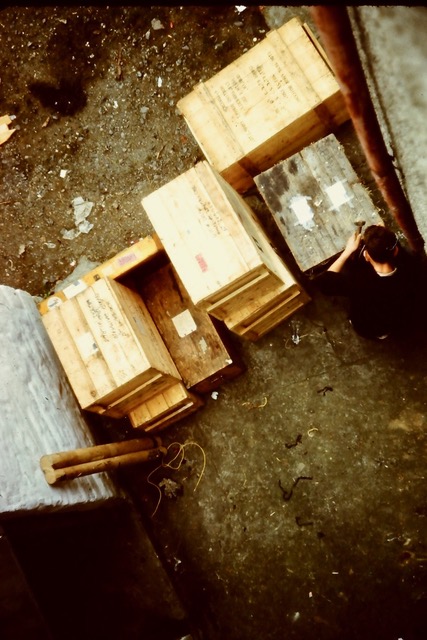
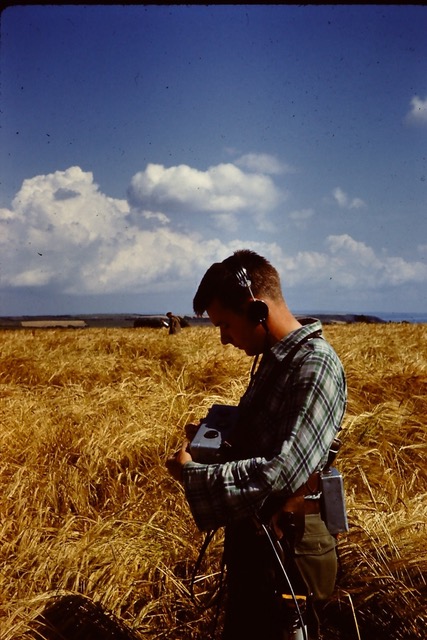
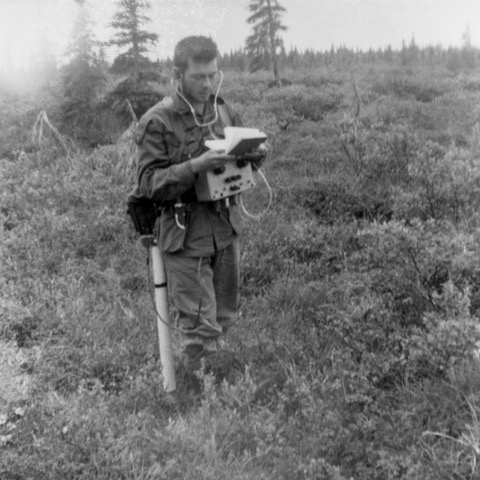
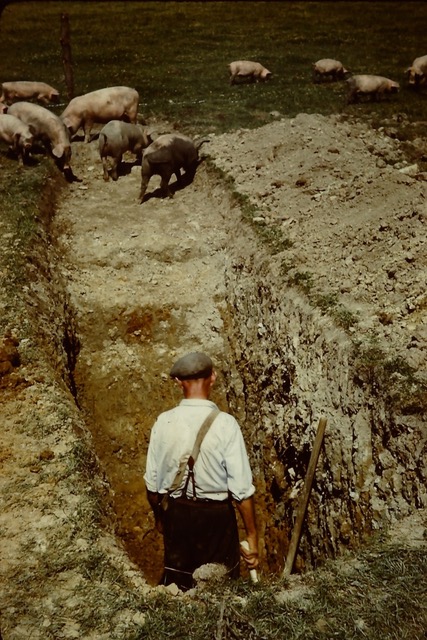

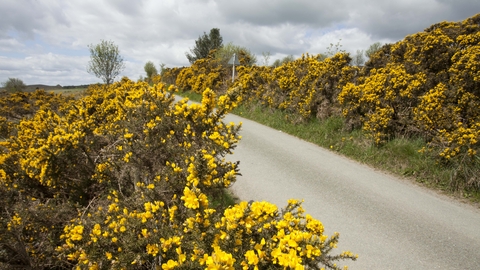
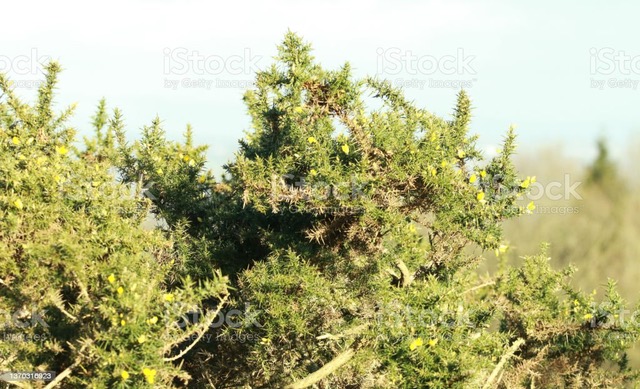
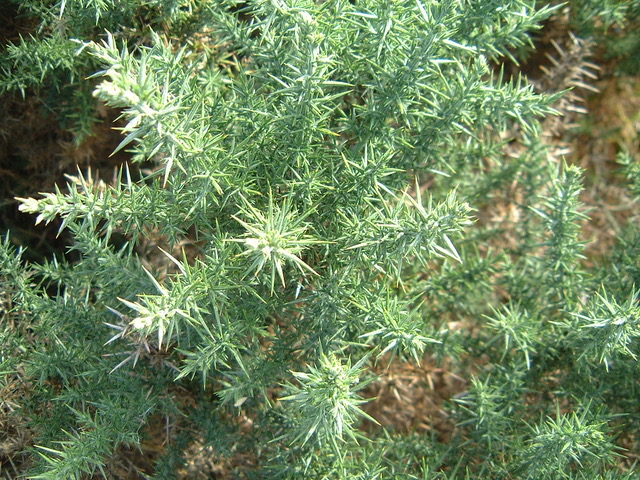
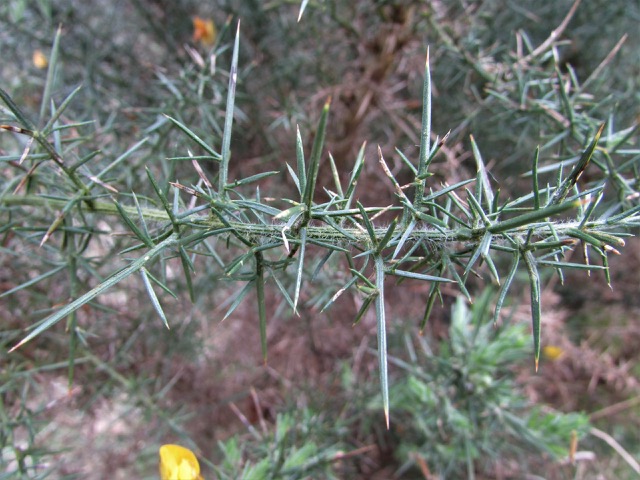

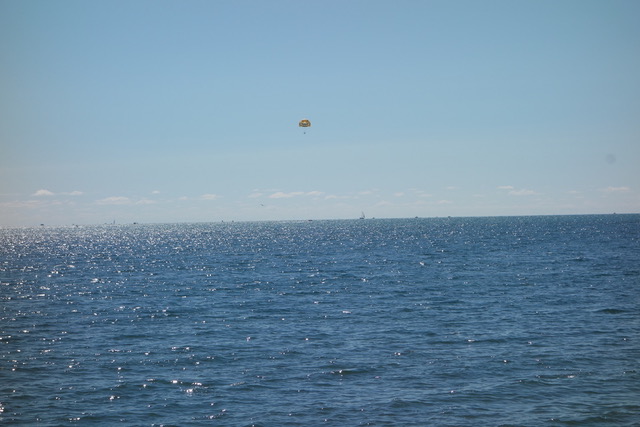
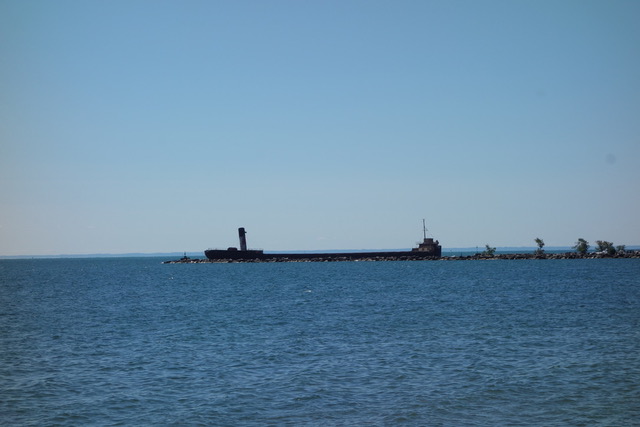
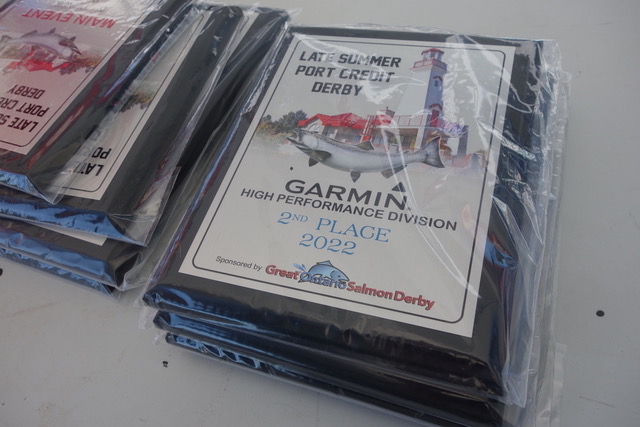
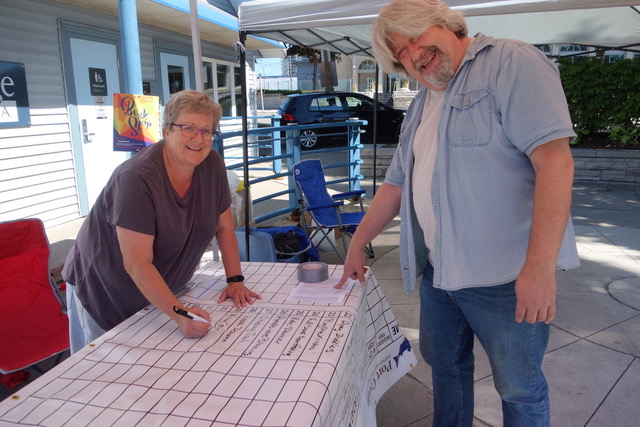
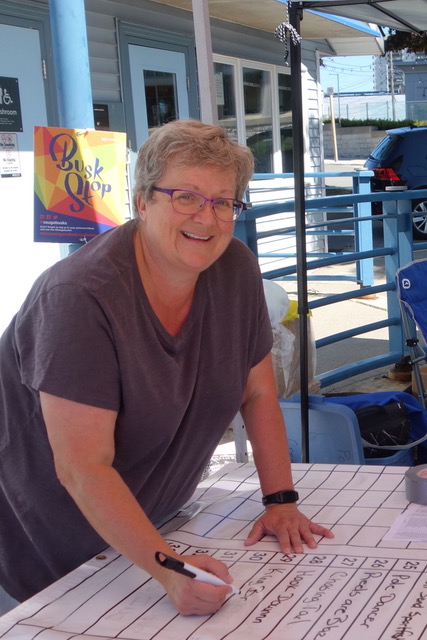



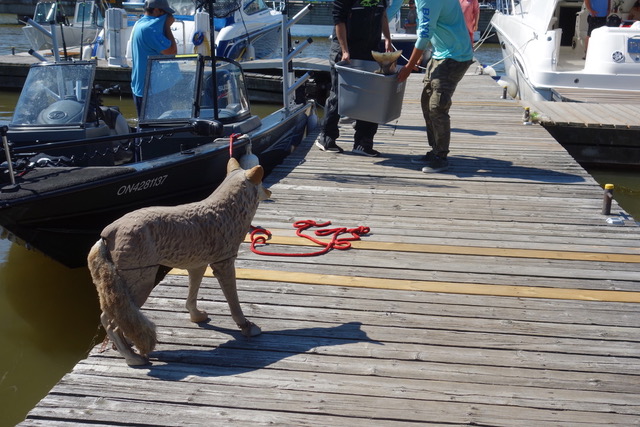
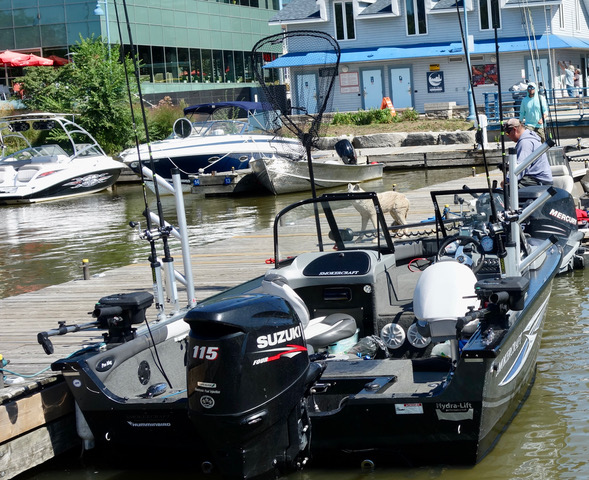
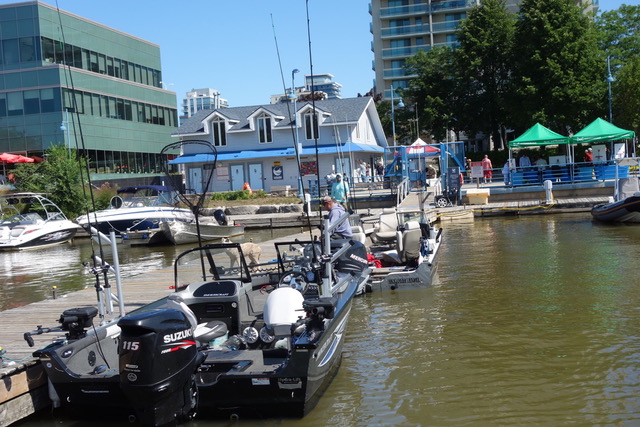



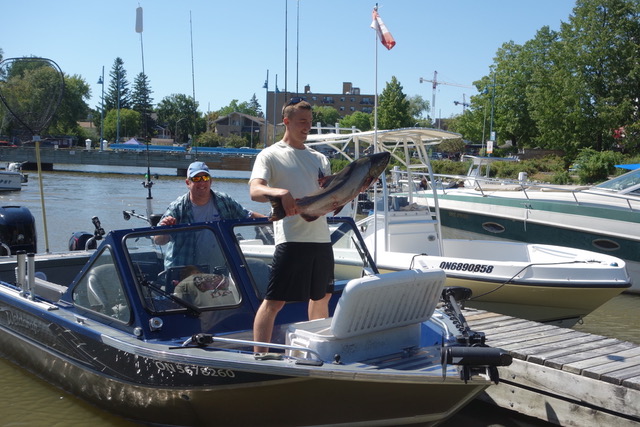



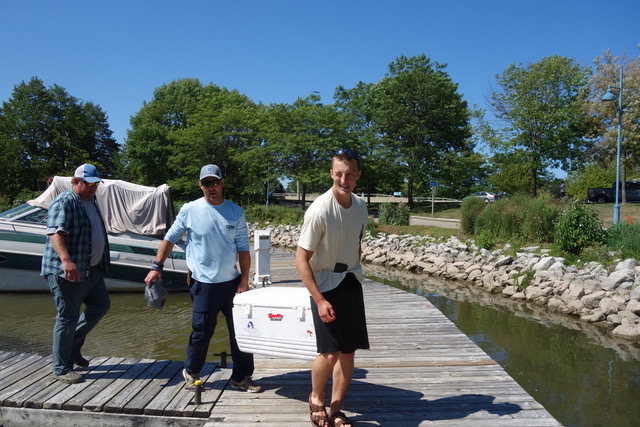
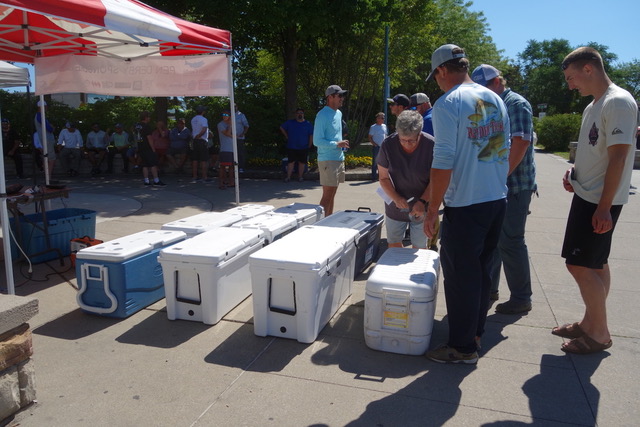
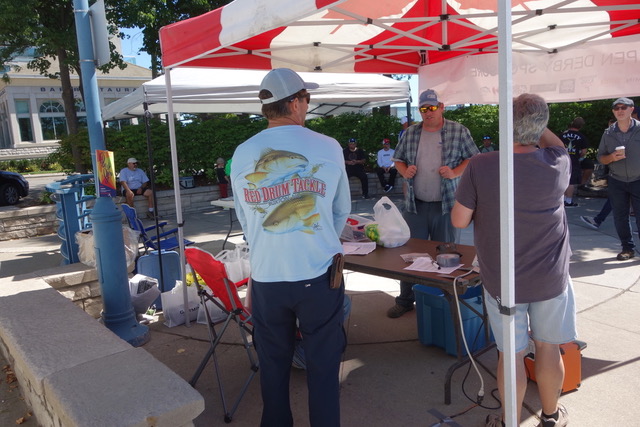
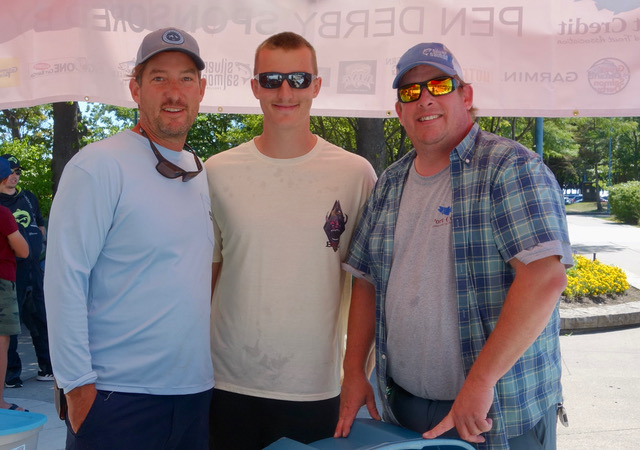

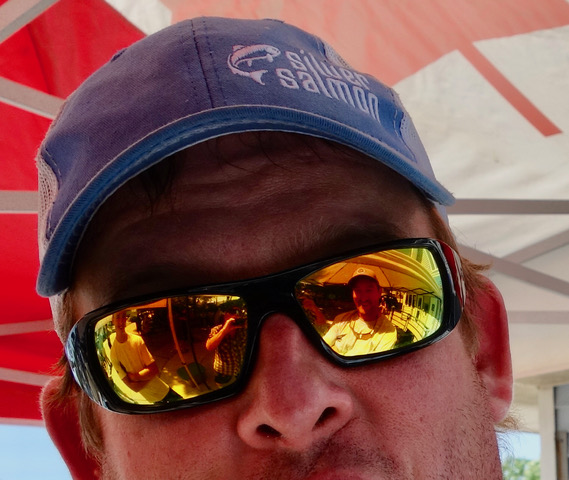
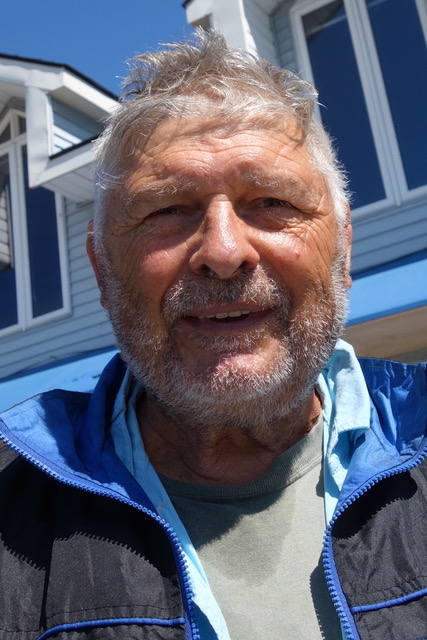
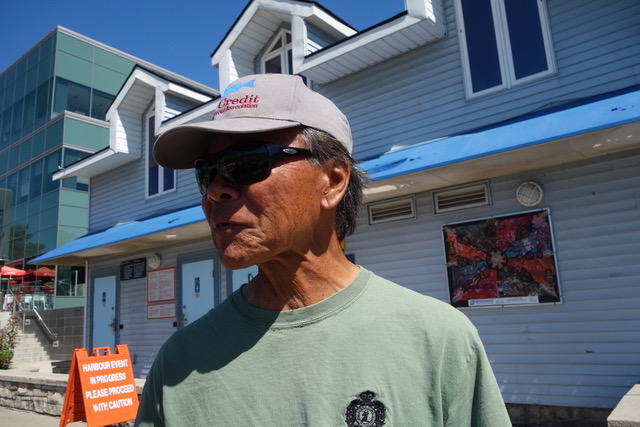
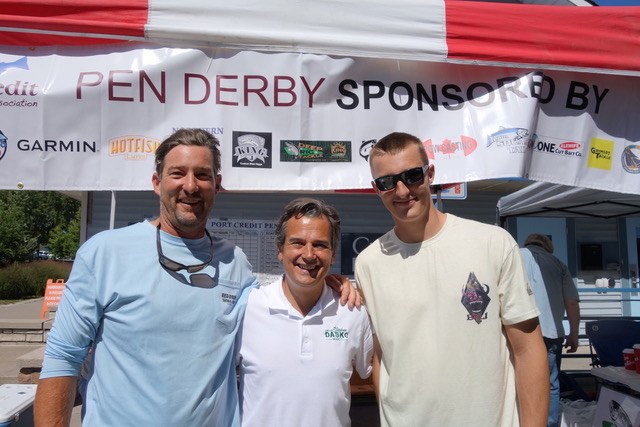
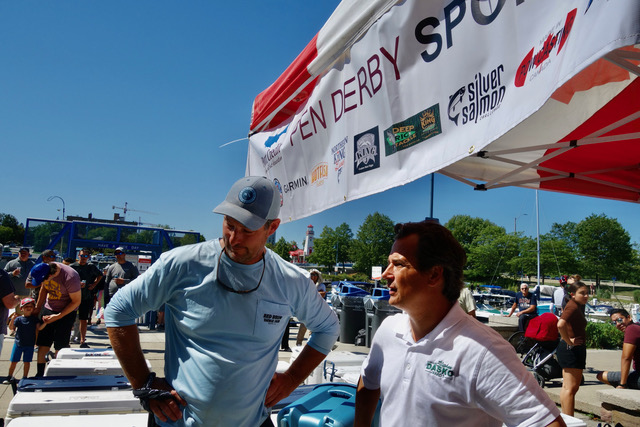
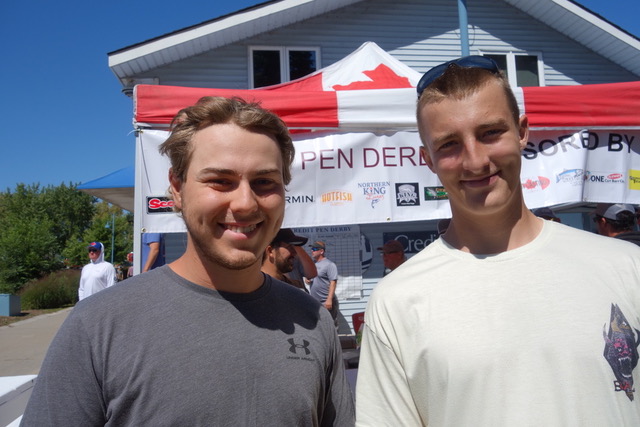

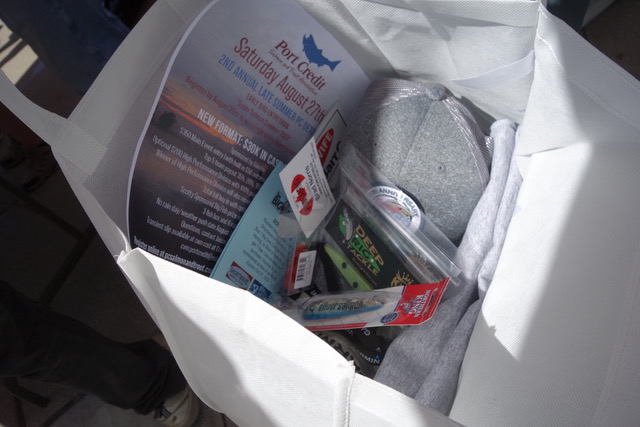
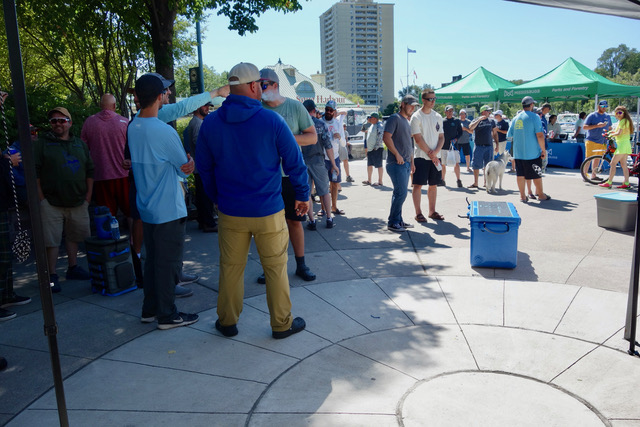
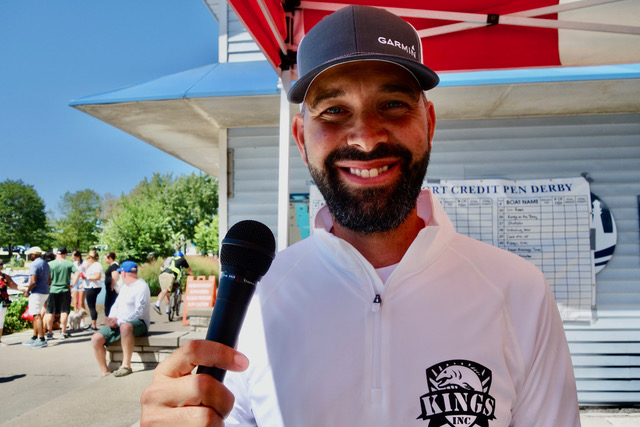
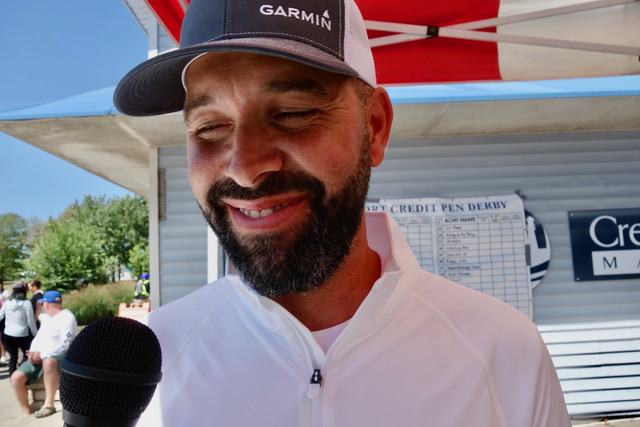
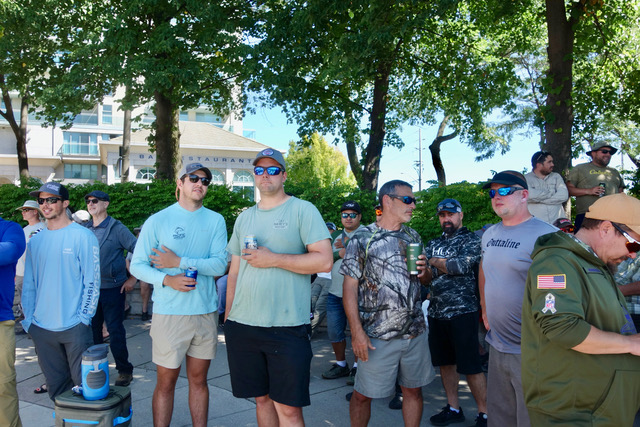

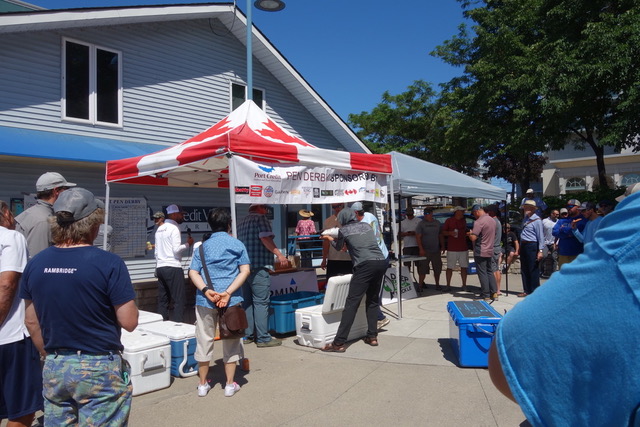

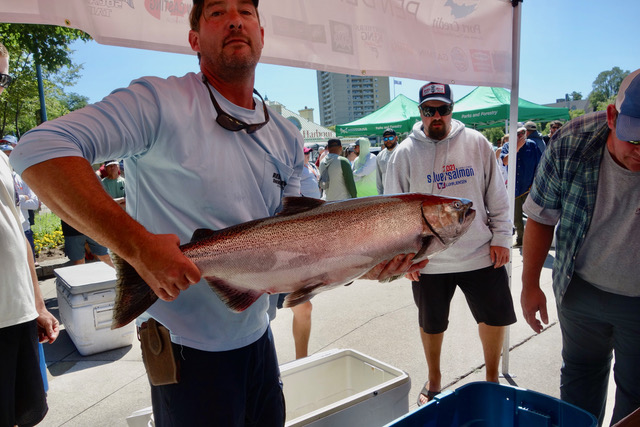

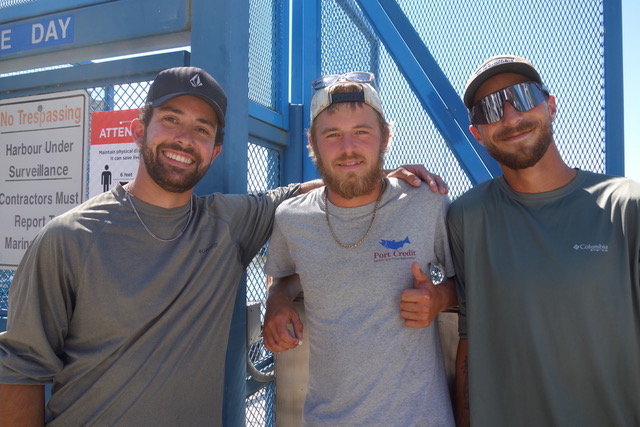
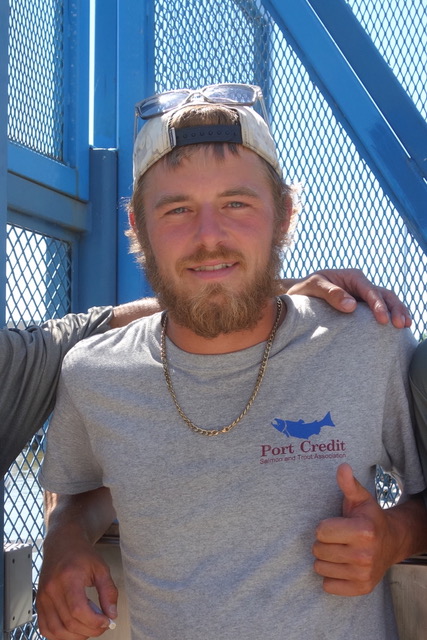


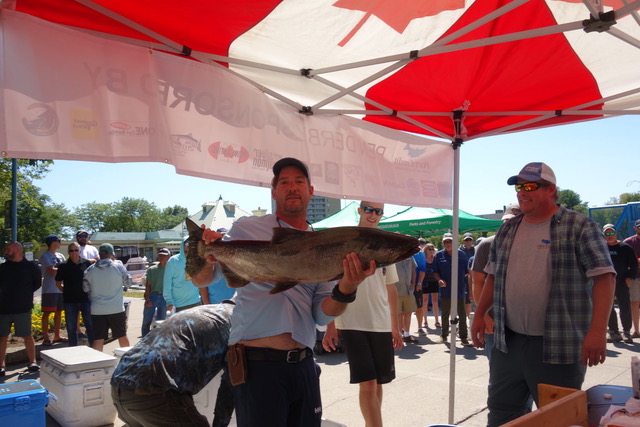
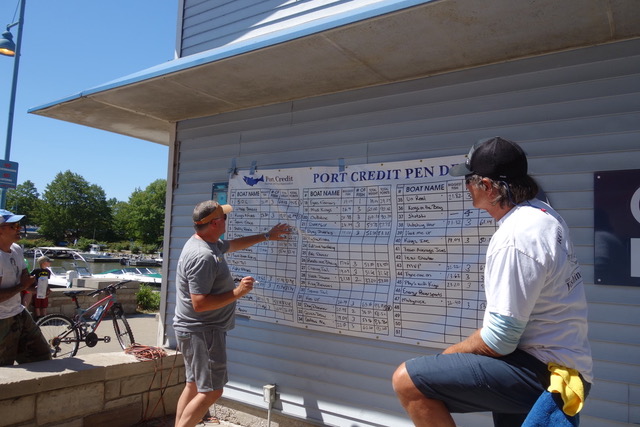
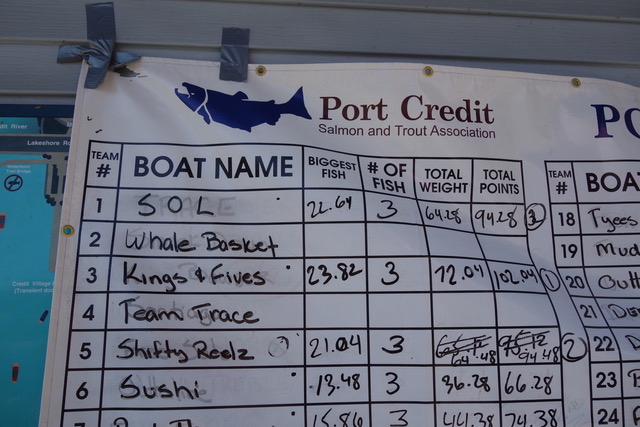

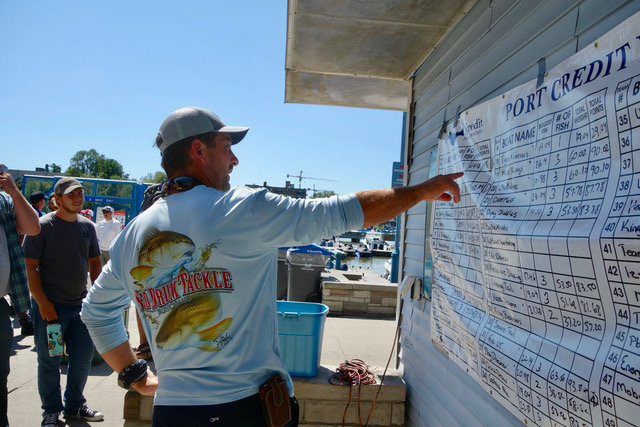
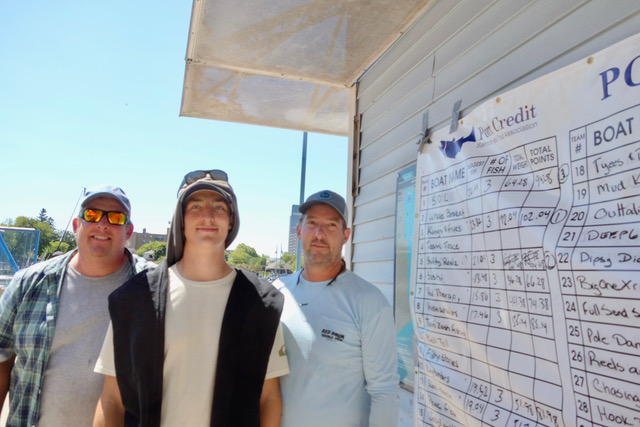

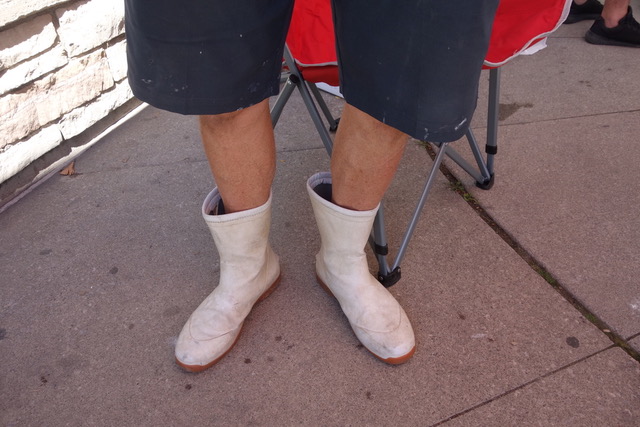

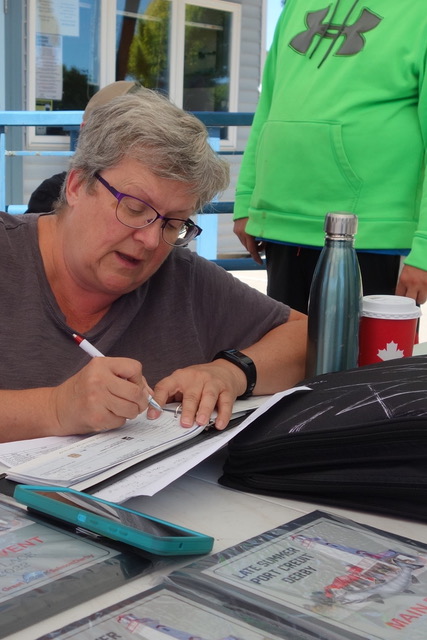
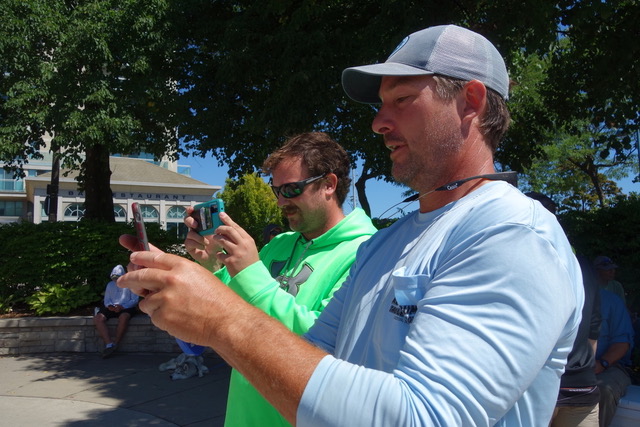

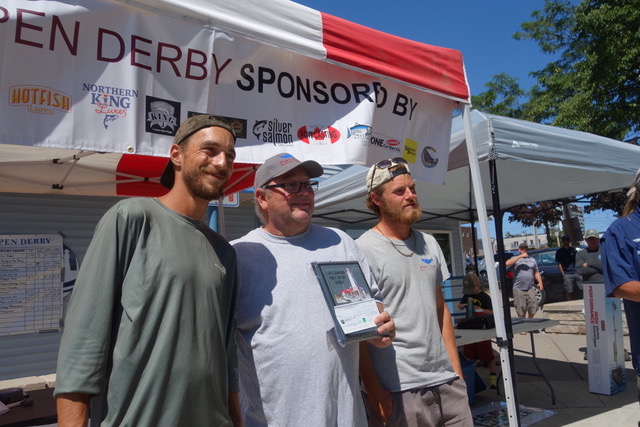
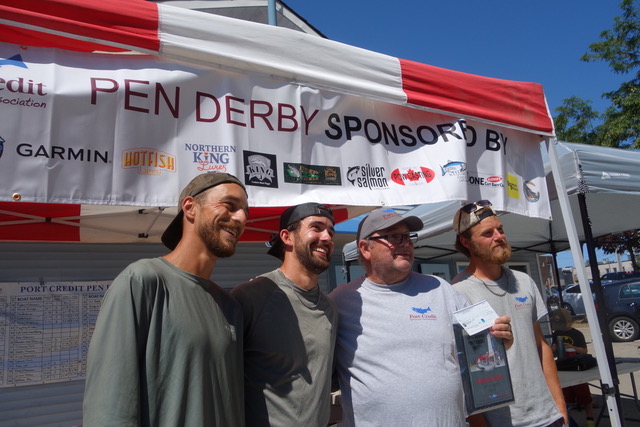
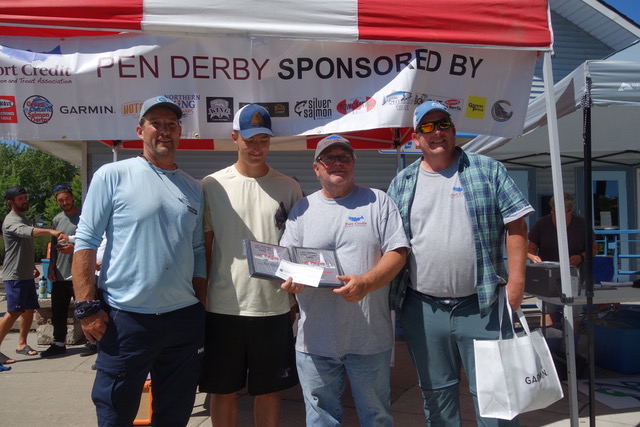


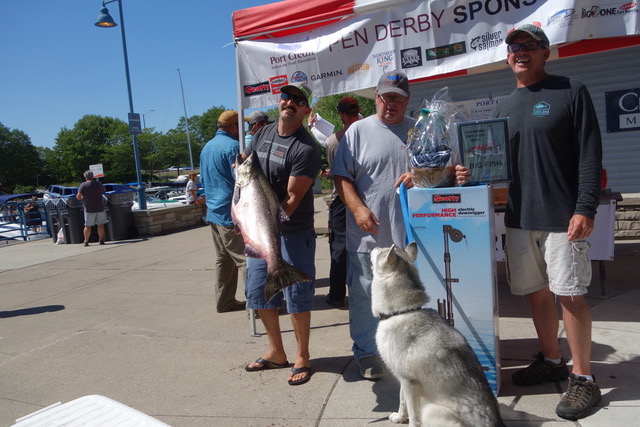
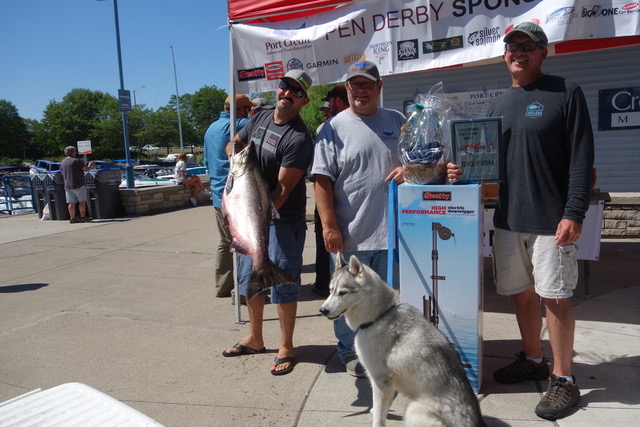
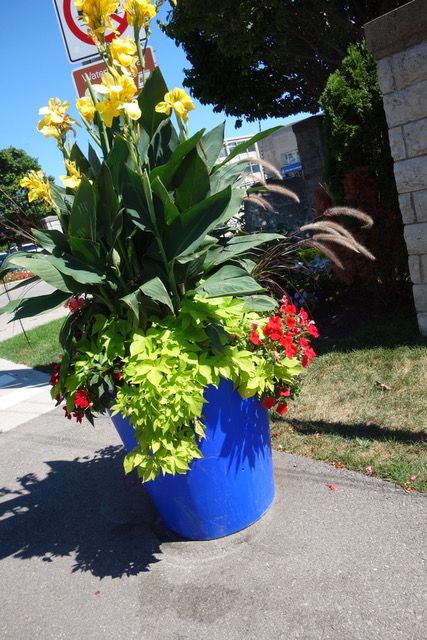

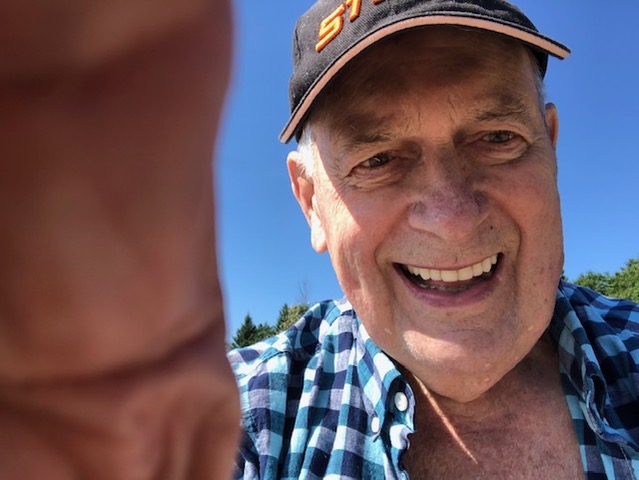

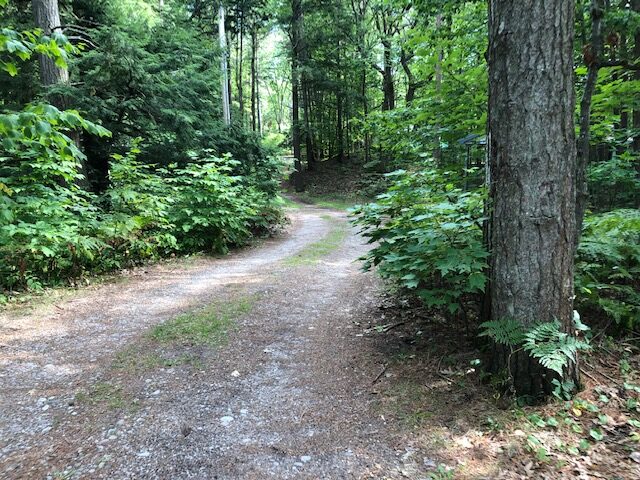

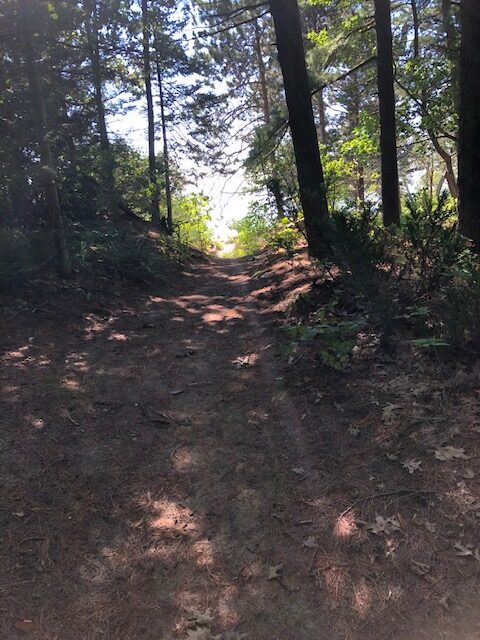
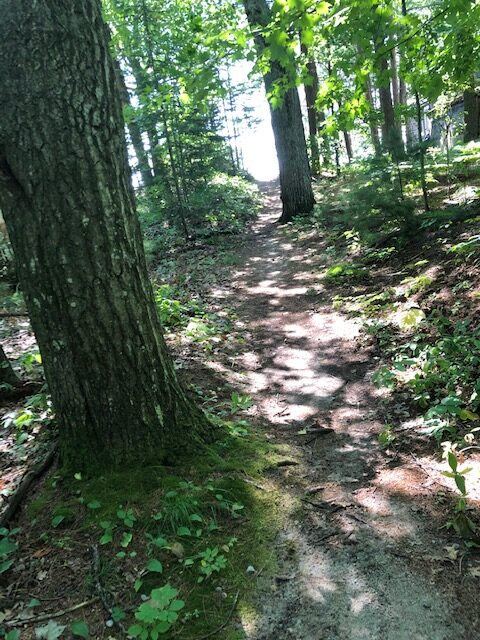

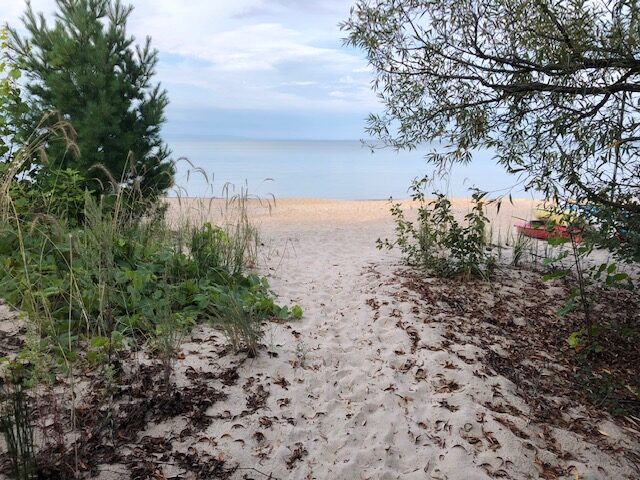
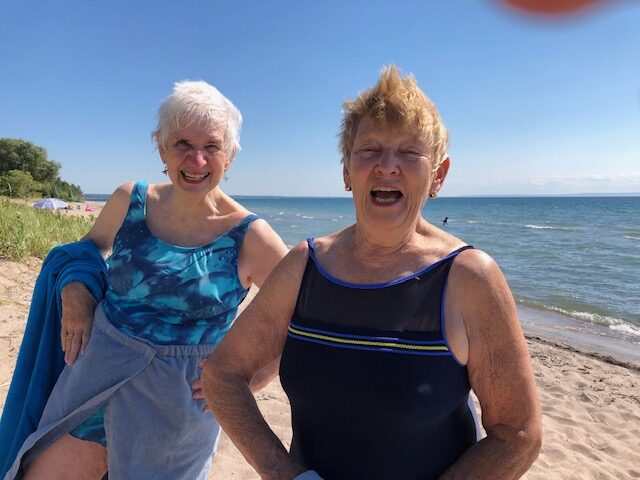
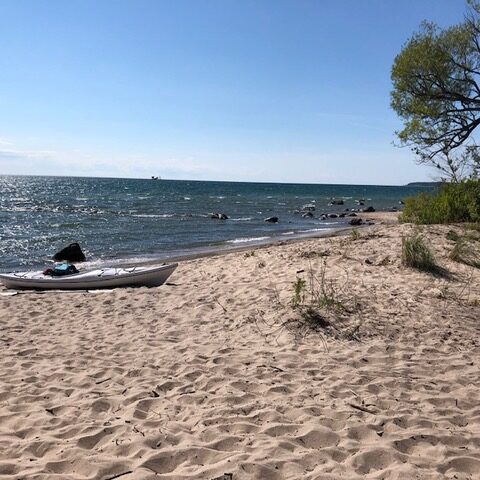
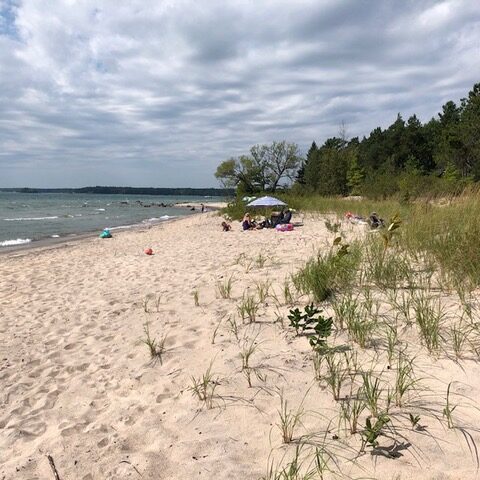
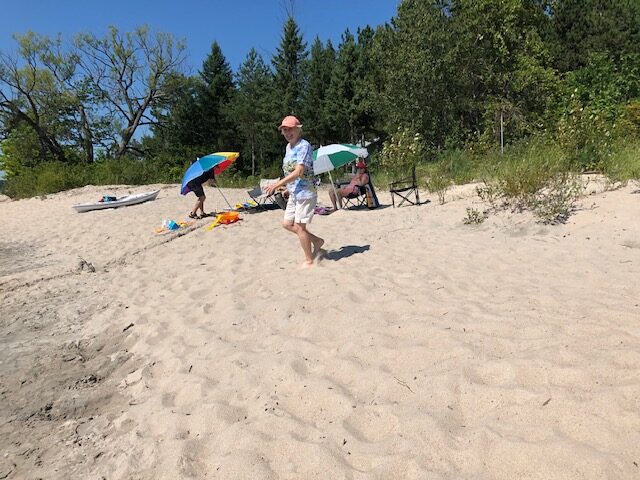
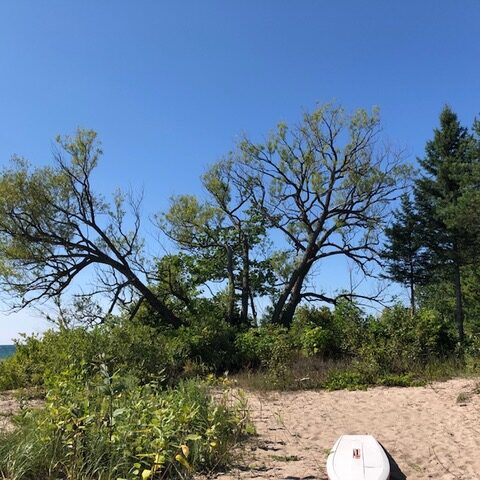

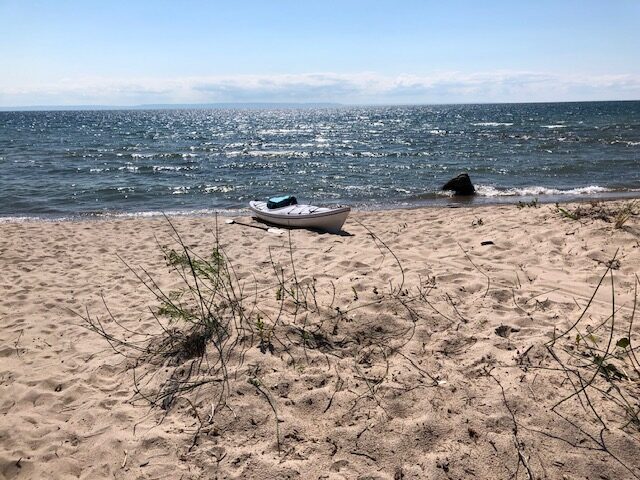




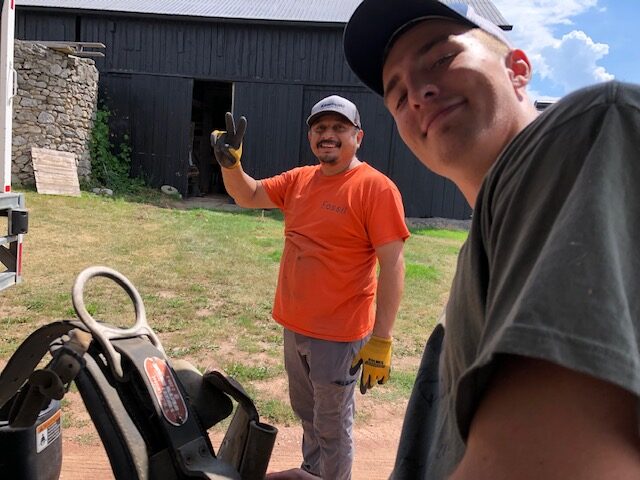
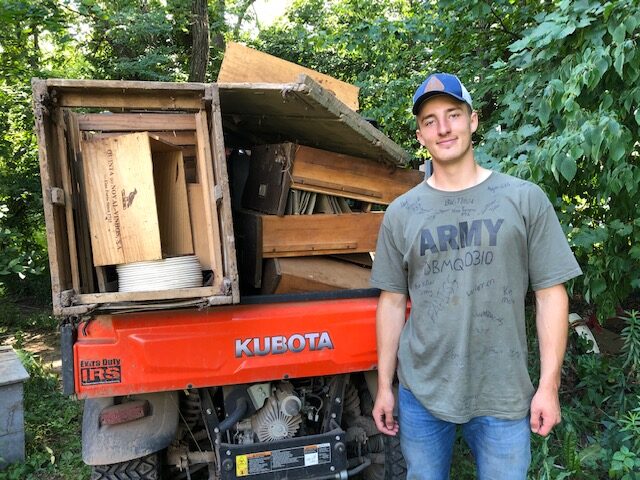
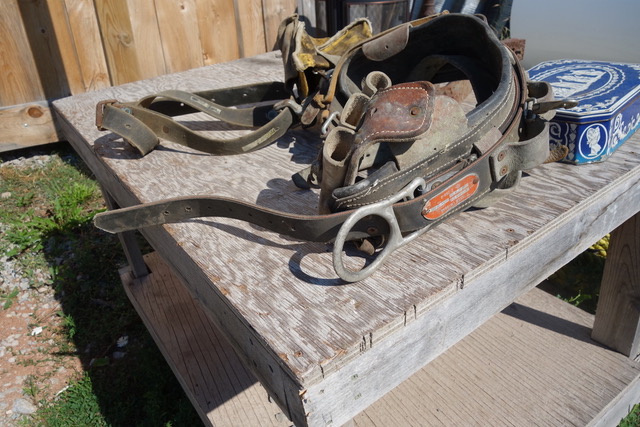
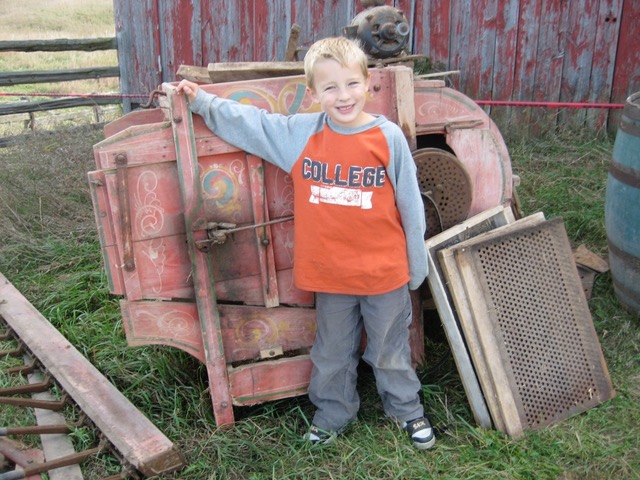
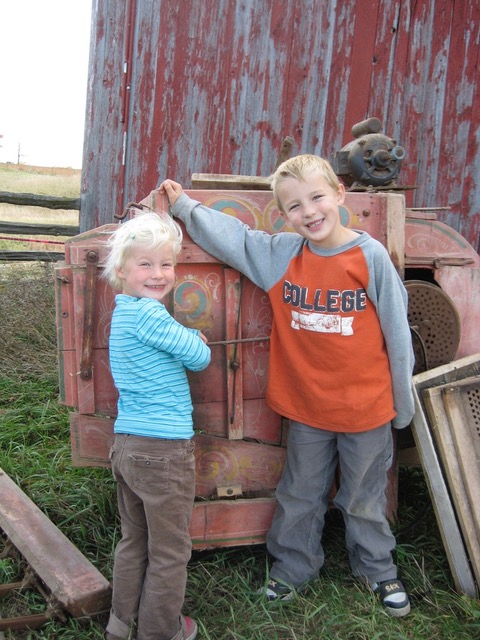
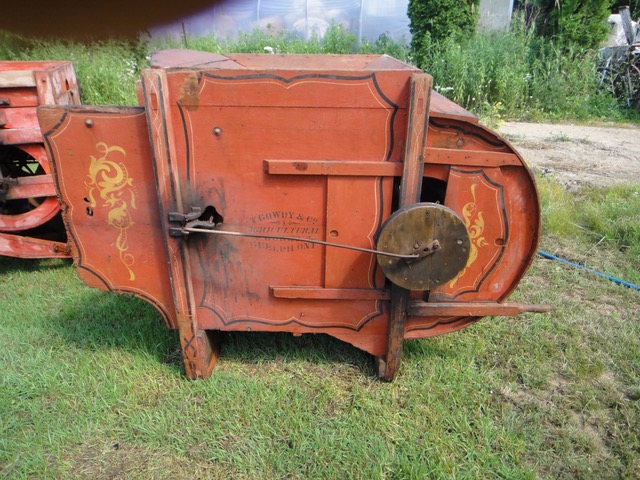

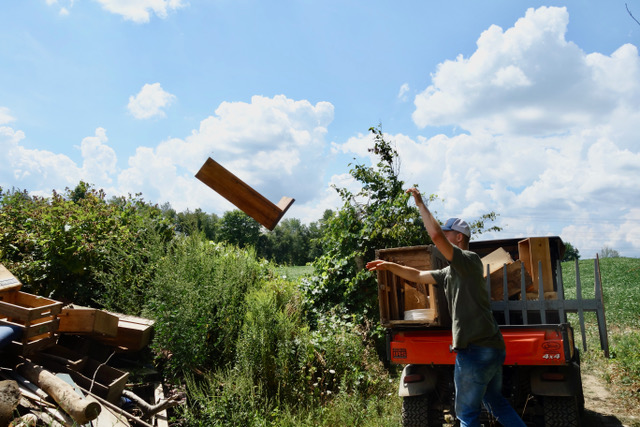
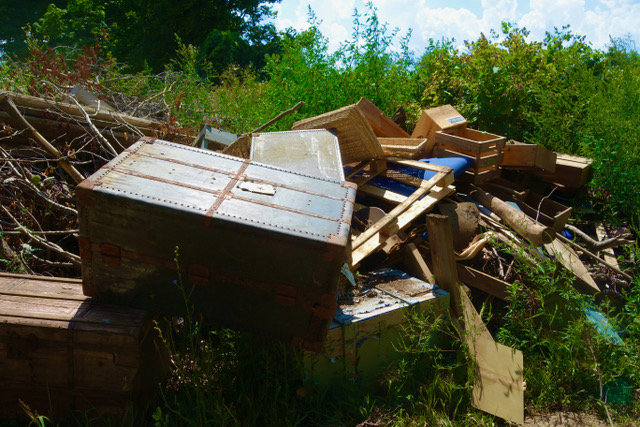

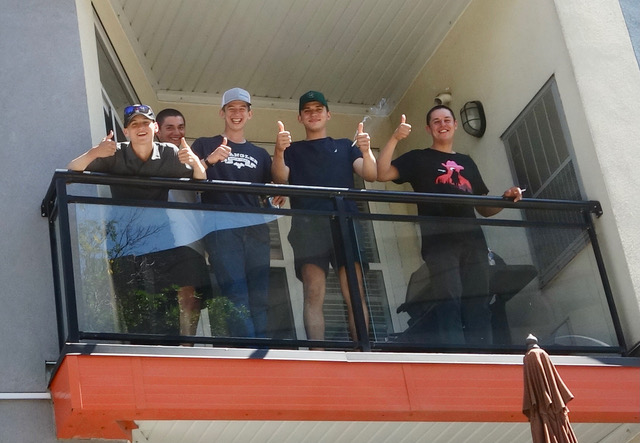


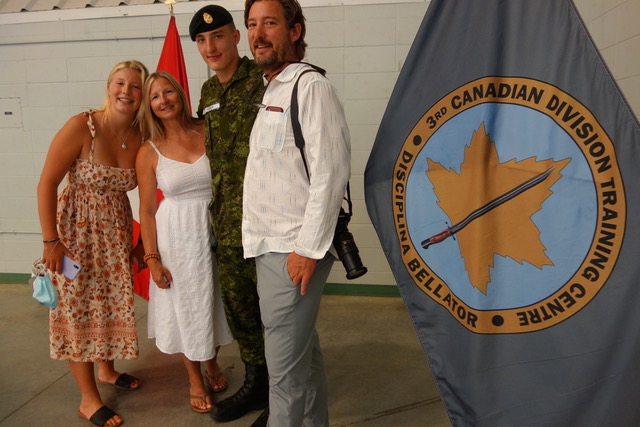


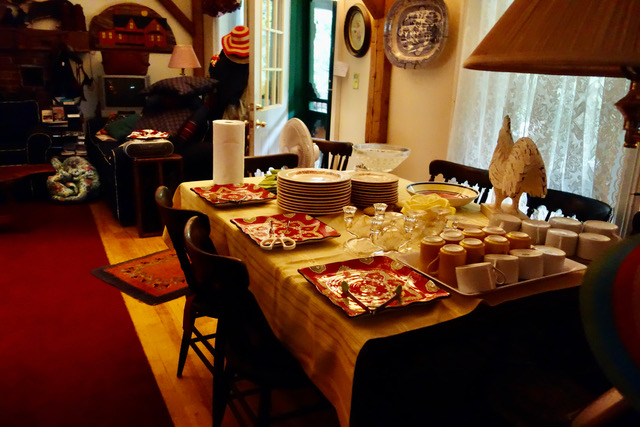
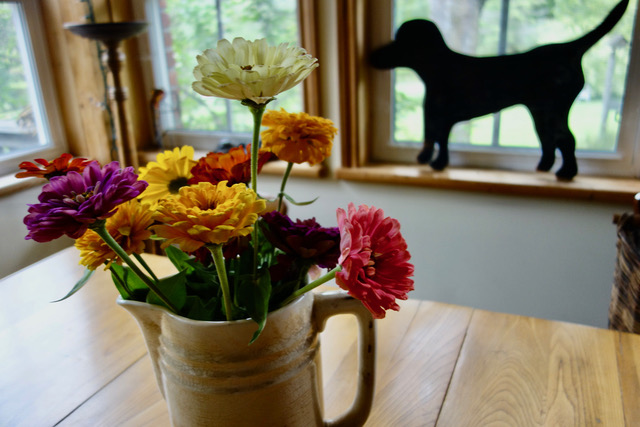

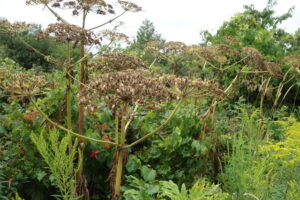
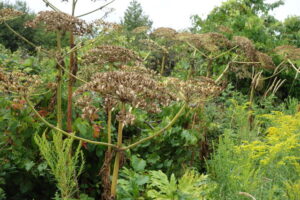
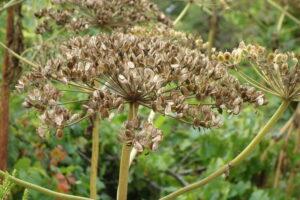
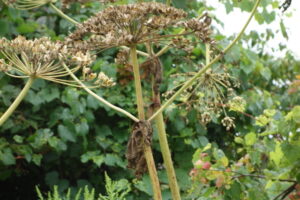
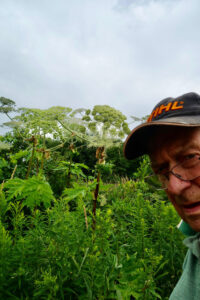

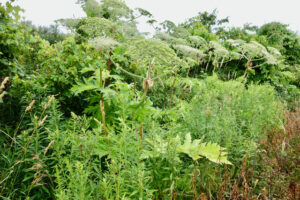

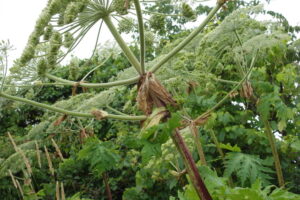


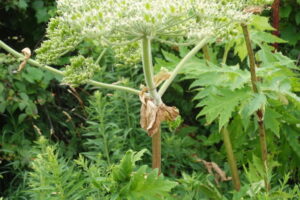


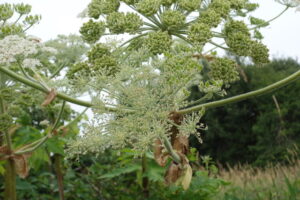
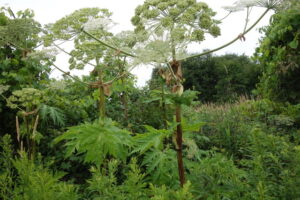
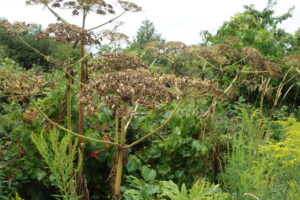
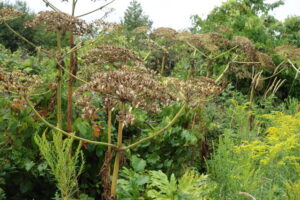
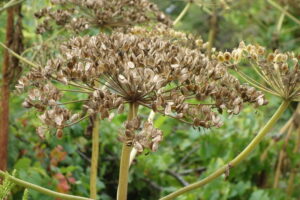



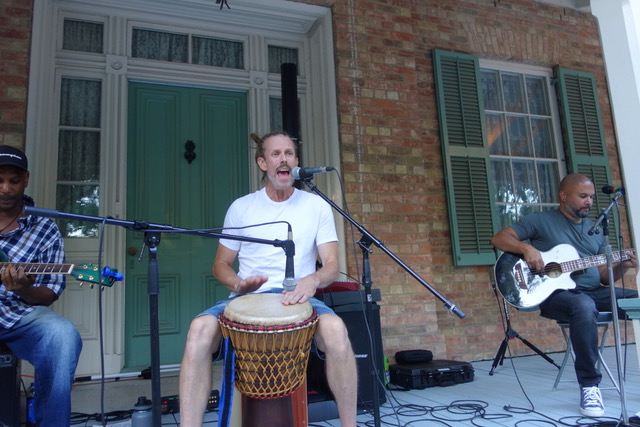


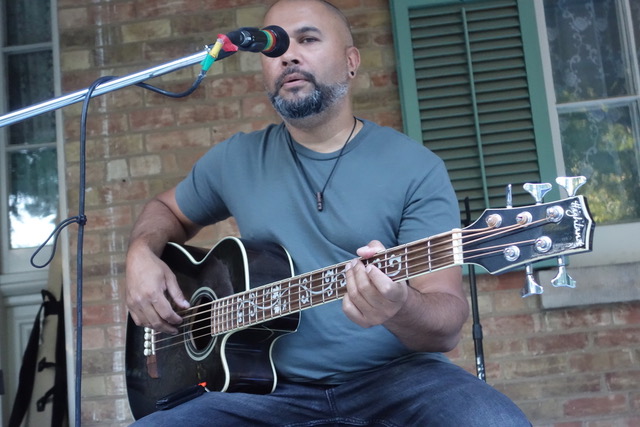




 usveteransmagazine.com/wp-content/uploads/2020/04/Bill-Withers-guitar-playing-300×198.jpg 300w” sizes=”(max-width: 768px) 100vw, 768px” style=”box-sizing: border-box; border: 0px; vertical-align: middle; width: 360px; max-width: 100%; height: auto; max-height: 100%;”>
usveteransmagazine.com/wp-content/uploads/2020/04/Bill-Withers-guitar-playing-300×198.jpg 300w” sizes=”(max-width: 768px) 100vw, 768px” style=”box-sizing: border-box; border: 0px; vertical-align: middle; width: 360px; max-width: 100%; height: auto; max-height: 100%;”>